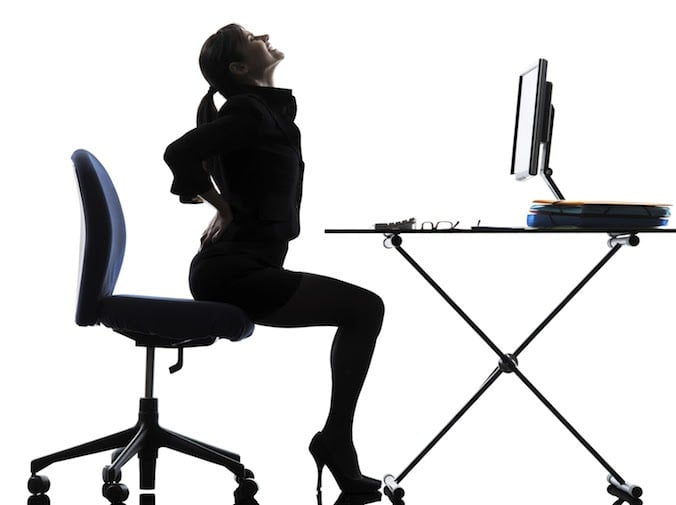
Yes, there are different types of headaches that can indicated different health issues. Do you feel it behind your eyes? Or on one side of your head? Or is the pain at the base of your skull?
Paying attention to what headache symptoms you have can help you figure out what kind of treatment is best, because different headaches are caused by different factors. Here’s how to recognise them.
Tension headaches.
Tension headaches often feel a like a tight band around your head, an ache behind your eyes, or pain at the base of your skull. They are the most common of the various headache types, and are usually caused by muscle strain from the upper back, neck and head.








